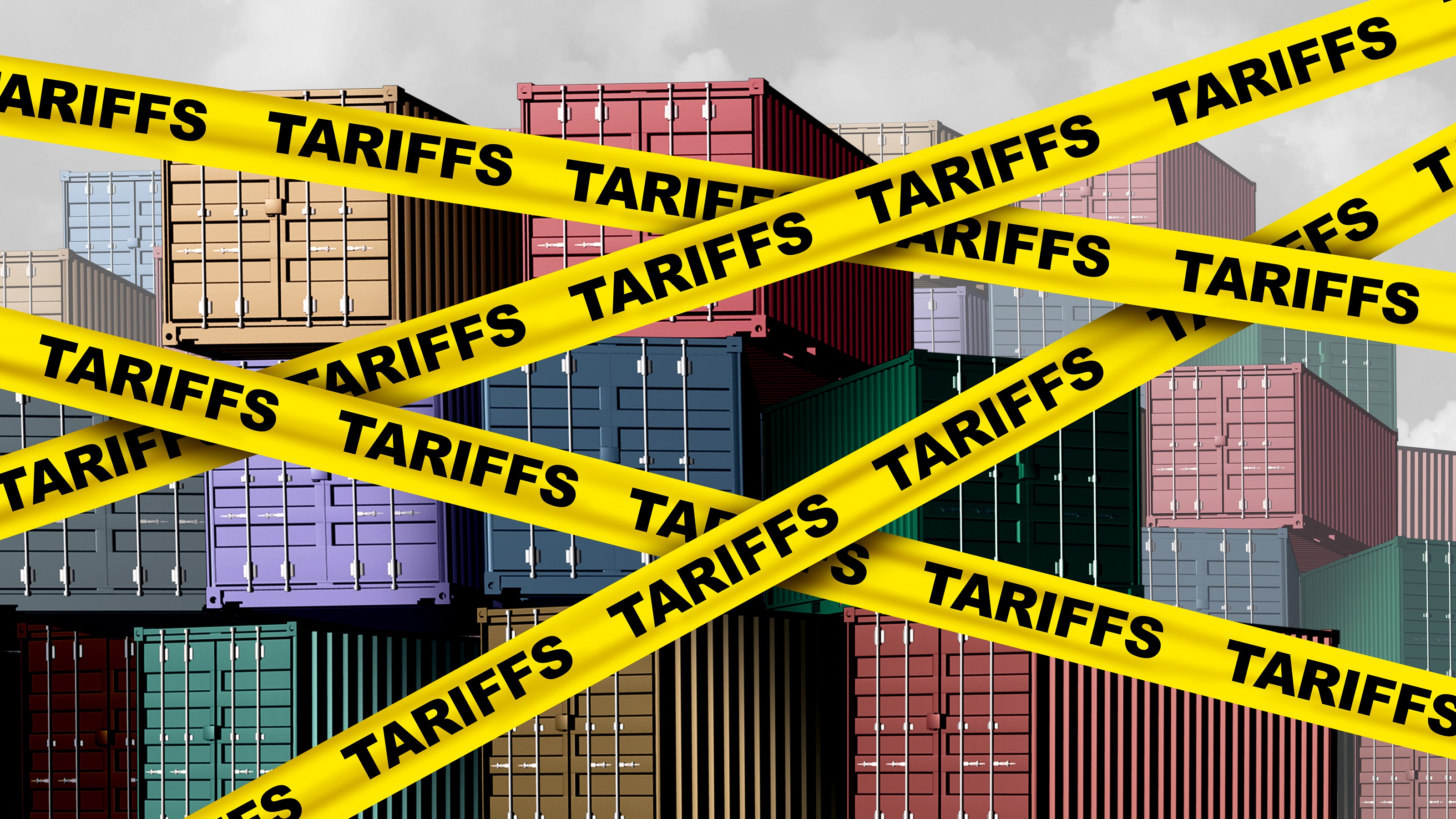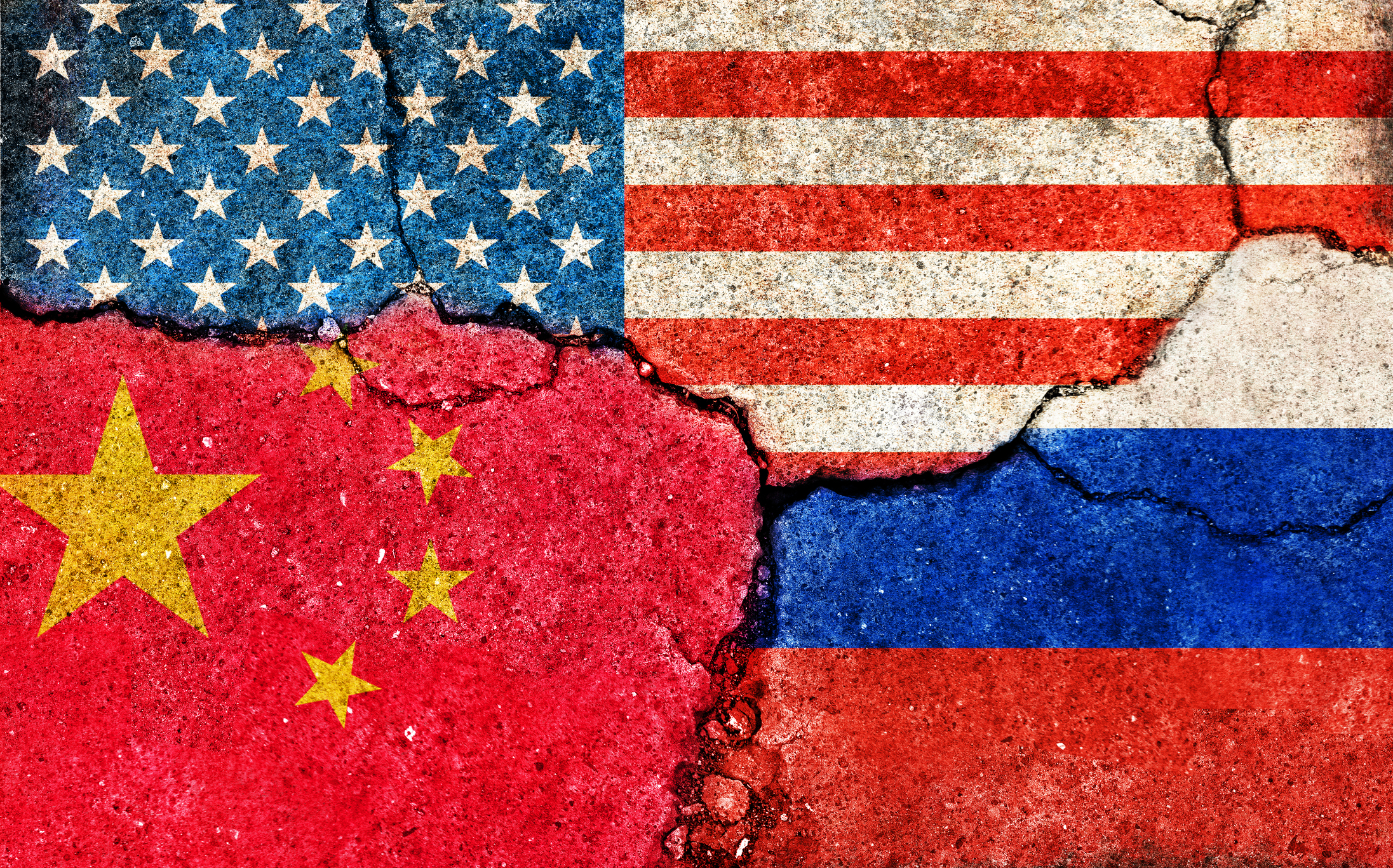Federal Workplace Temperature Rules Heat Up: The Kiplinger Letter
The passage of new federal workplace heat regulations may depend on several issues, including the outcome of the 2024 election.

There are many moving parts to the federal workplace heat rules, including separate regulations for indoor and outdoor work environments that can vary from one state to the next. To help you understand what is going on in the labor sector and what we expect to happen in the future, our highly experienced Kiplinger Letter team will keep you abreast of the latest developments and forecasts (Get a free issue of The Kiplinger Letter or subscribe). You'll get all the latest news first by subscribing, but we will publish many (but not all) of the forecasts a few days afterward online. Here’s the latest…
New federal workplace heat rules may depend on the 2024 election outcome. Regulators have completed less than half the steps they need to proceed with new regulations, many of which require rigorous scientific and economic analysis.
The Occupational Safety and Health Administration (OSHA) wants two separate standards: One for outdoors and one for indoors, to be issued simultaneously. Indoor workplaces that might be covered by such a standard, including warehouses and kitchens, have a much different set of requirements than outdoor ones.

Sign up for Kiplinger’s Free E-Newsletters
Profit and prosper with the best of expert advice on investing, taxes, retirement, personal finance and more - straight to your e-mail.
Profit and prosper with the best of expert advice - straight to your e-mail.
The experience of state regulators may be instructive. California, for example, began pursuing an indoor workplace heat standard in 2016, after issuing its first to protect farmworkers in 2005. The new rule won’t be ready until next year.
A big question: At what temperature will regulators impose requirements for employers?
Most states with heat exposure regulations have set the threshold at 80 degrees Fahrenheit for both indoor and outdoor workers, but some variation between them exists. Minnesota, for example, adjusts its temperature threshold for indoor workers depending on the intensity of the labor involved in the job: 77 degrees for heavy labor, 80 degrees for moderate labor and 86 degrees for light labor.
Some other possible components of a federal heat standard:
- A requirement that employers have a written heat stress prevention program (most currently do not)
- For outdoor workers: Regular access to shade, paid rest time and cool water
- For indoor workers: Improved ventilation, increased air conditioning and insulation from heat sources
- A set period for workers to acclimate to laboring in hot weather
This first appeared in The Kiplinger Letter, which has been running since 1923 and is a collection of concise weekly forecasts on business and economic trends, as well as what to expect from Washington, to help you understand what’s coming up to make the most of your investments and your money. Subscribe to The Kiplinger Letter.
Related Content
Get Kiplinger Today newsletter — free
Profit and prosper with the best of Kiplinger's advice on investing, taxes, retirement, personal finance and much more. Delivered daily. Enter your email in the box and click Sign Me Up.

-
 Two Don'ts and Four Dos During Trump's Trade War
Two Don'ts and Four Dos During Trump's Trade WarThe financial rules have changed now that tariffs have disrupted the markets and created economic uncertainty. What can you do? (And what shouldn't you do?)
By Maggie Kulyk, CRPC®, CSRIC™
-
 I'm Single, With No Kids: Why Do I Need an Estate Plan?
I'm Single, With No Kids: Why Do I Need an Estate Plan?Unless you have a plan in place, guess who might be making all the decisions about your prized possessions, or even your health care: a court.
By Cynthia Pruemm, Investment Adviser Representative
-
 The Economic Impact of the US-China Trade War
The Economic Impact of the US-China Trade WarThe Letter The US-China trade war will impact US consumers and business. The decoupling process could be messy.
By David Payne
-
 AI Heads to Washington
AI Heads to WashingtonThe Kiplinger Letter There’s big opportunity for AI tools that analyze MRIs and other medical images. But also big challenges that clinicians and companies will have to overcome.
By John Miley
-
 The AI Doctor Coming to Read Your Test Results
The AI Doctor Coming to Read Your Test ResultsThe Kiplinger Letter There’s big opportunity for AI tools that analyze CAT scans, MRIs and other medical images. But there are also big challenges that human clinicians and tech companies will have to overcome.
By John Miley
-
 The New Space Age Takes Off
The New Space Age Takes OffThe Kiplinger Letter From fast broadband to SOS texting, space has never been more embedded in peoples’ lives. The future is even more exciting for rockets, satellites and emerging space tech.
By John Miley
-
 Rising AI Demand Stokes Undersea Investments
Rising AI Demand Stokes Undersea InvestmentsThe Kiplinger Letter As demand soars for AI, there’s a need to transport huge amounts of data across oceans. Tech giants have big plans for new submarine cables, including the longest ever.
By John Miley
-
 What DOGE is Doing Now
What DOGE is Doing NowThe Kiplinger Letter As Musk's DOGE pursues its ambitious agenda, uncertainty and legal challenges are mounting — causing frustration for Trump.
By Matthew Housiaux
-
 A Move Away From Free Trade
A Move Away From Free TradeThe Letter President Trump says long-term gain will be worth short-term pain, but the pain could be significant this year.
By David Payne
-
 The Explosion of New AI Tools
The Explosion of New AI ToolsThe Kiplinger Letter Workers and consumers soon won’t be able to escape generative AI. Does that mean societal disruption and productivity gains are right around the corner?
By John Miley